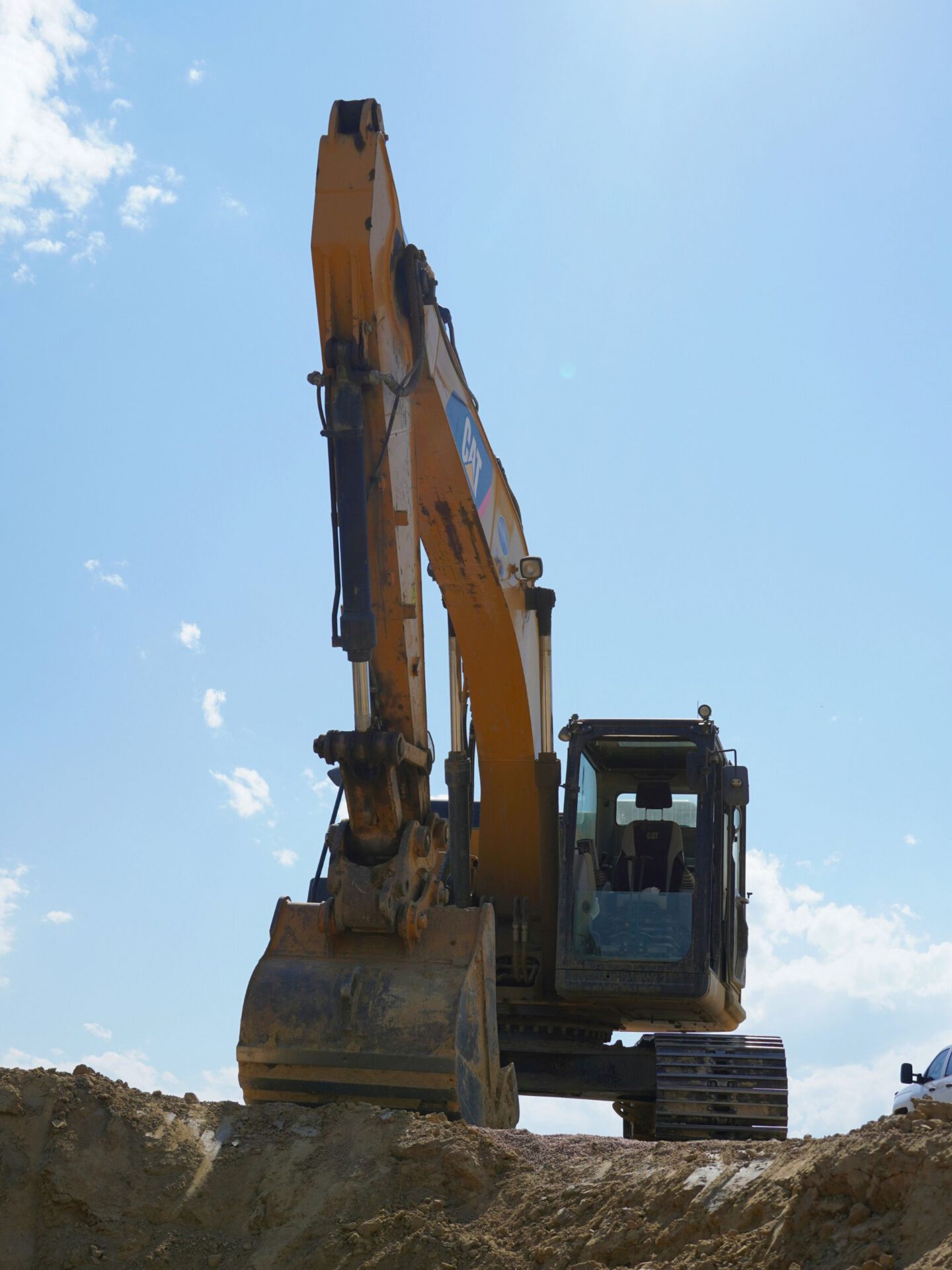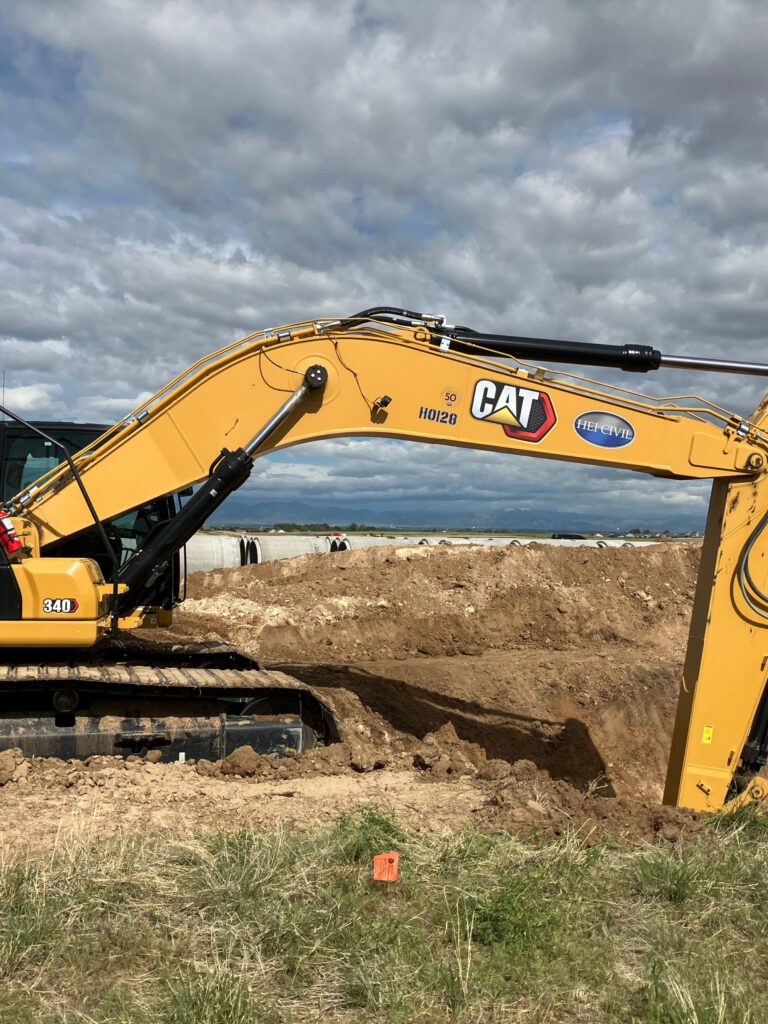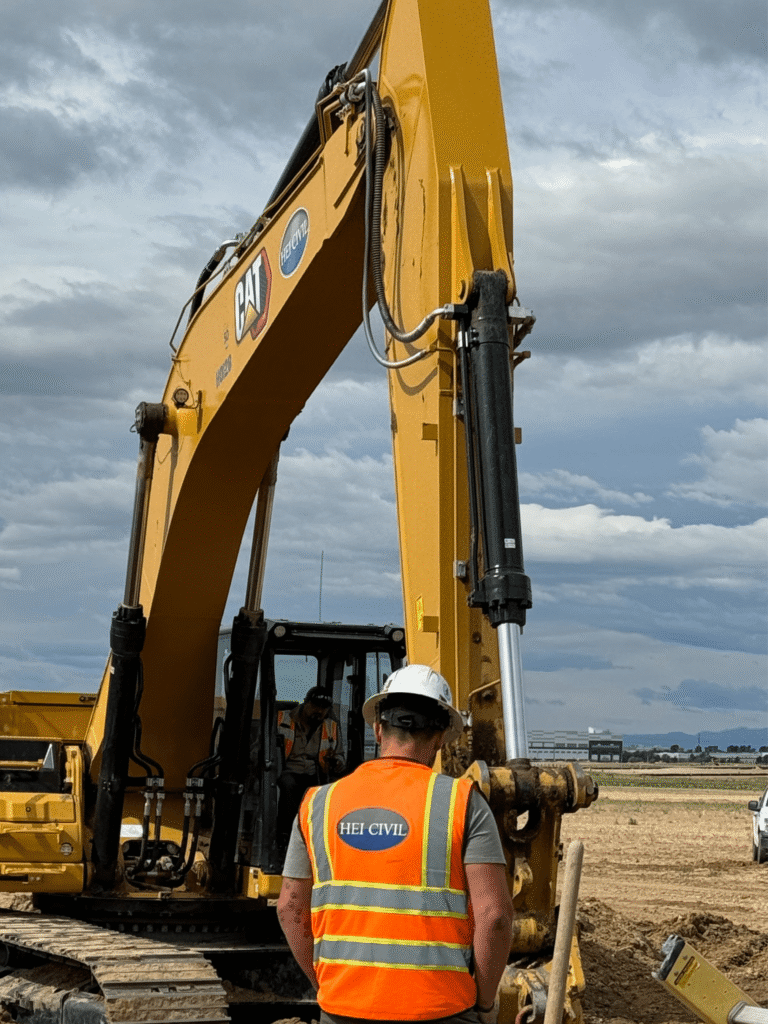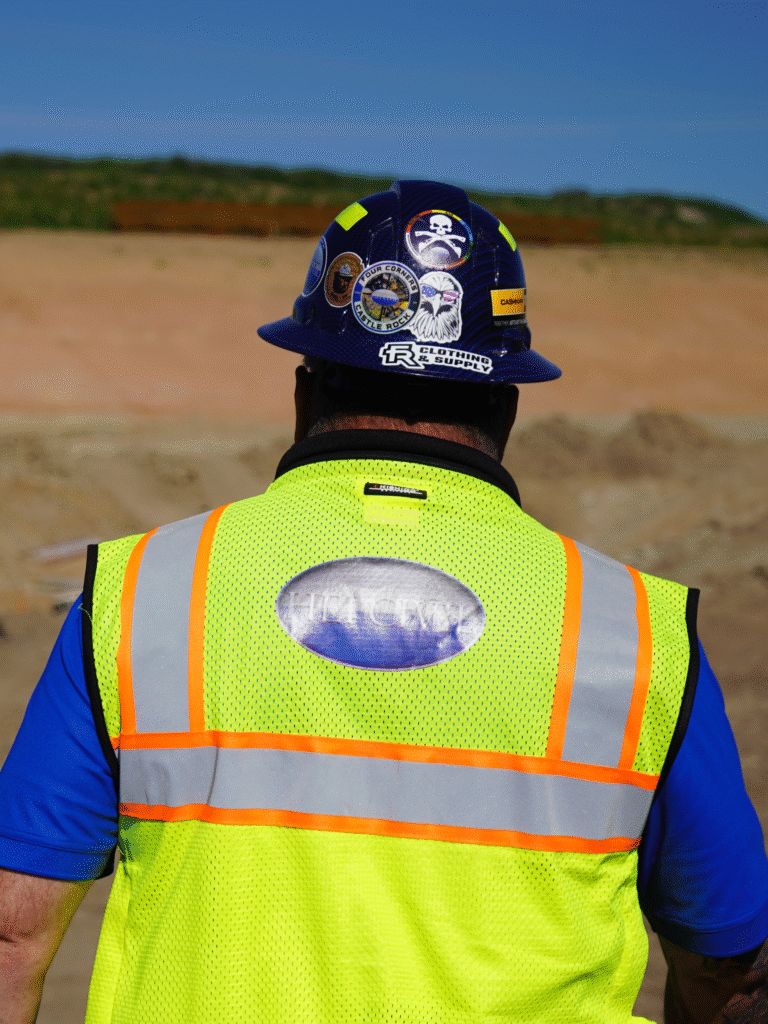In heavy civil construction, earthmoving and excavation are often used interchangeably. Still, they refer to distinct processes with specific purposes and techniques. Understanding the differences between these two activities is crucial for proper project planning and execution.
Earthmoving
Earthmoving involves large-scale operations that reshape the terrain to create a suitable foundation for construction projects. This process includes grading, leveling, and contouring the land. It requires heavy machinery like bulldozers, scrapers, graders, and dump trucks designed to move vast amounts of earth quickly and efficiently. Earthmoving is essential for various applications, including site preparation for buildings, roads, and bridges, creating barriers and roadways, landscaping and land reclamation projects, and flood control and drainage systems. Examples of earthmoving tasks include:
- Grading a construction site to ensure a level base for building foundations.
- Constructing embankments for highways and railways.
- Developing large-scale landscaping projects.
Excavation
Excavation refers explicitly to digging and removing earth to create spaces for construction purposes, including foundations, trenches, tunnels, and other subsurface structures. Unlike the broader scope of earthmoving, excavation involves more precise and targeted digging activities, focusing on removing earth from specific locations to make room for structures. The equipment used for excavation includes backhoes, excavators, trenches, and shovels, all designed for controlled and accurate digging. Applications of excavation include:
- Digging foundations and basements for buildings.
- Creating trenches for utilities like water, sewer, and electrical lines.
- Excavating tunnels and underground passageways.
- Removing earth for swimming pools and underground tanks.
Comparison and interrelation
Both earthmoving and excavation are critical components of heavy civil construction projects. Earthmoving sets the stage by reshaping the terrain and preparing the site. At the same time, excavation takes a more focused approach, digging out specific areas to make way for foundations, utilities, and other essential structures. Understanding these differences ensures that each construction phase is executed efficiently and effectively, leading to successful project completion.





